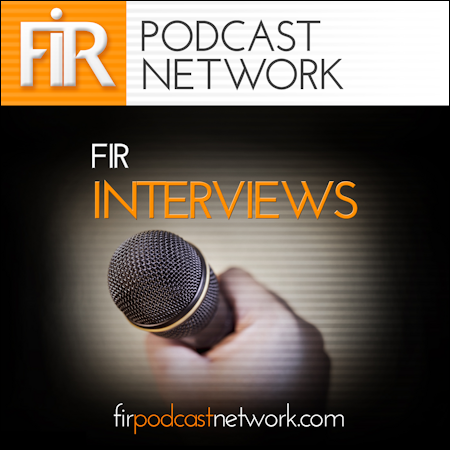A drum that many communicators bang a lot – I do it, too – is the one that tries to get your attention on the view that an essential role of leadership in organizations is that of communication.
I’m not talking about the kind of stuff that many CEOs will do: the employee email, the bylined ghostwritten memo to investors or shareholders, signed forewords in sales and marketing collateral, “he said” quotes in press releases, etc.
No, I’m talking about the authentic stuff, the kind of behaviour in communication that is personal, natural, engaging and ultimately believable – the kind of thing that social media is designed for – that is so important today in a time of declining trust in leaders of organizations.
In December, I wrote about five qualities that make a good leader in the social media age, a credible report by Brian Verhoeven on what actually does make a good leader in an organization.
Authentic communication is top and centre.
To add to my conclusion on that – leadership is about conversations – comes a compelling analysis of what leadership means in one large industrial company in this social media age that is an excellent benchmark to study and learn from.
That company is GE, the American multinational conglomerate, number six in the Fortune 500, one of the original dozen companies listed by Dow Jones in 1896 when it was known as General Electric (the predecessor of which was founded by Thomas Edison).
Clearly this is no digital native business, as the authors of the analysis point out. But it is, most definitely, a digital immigrant business.
Roland Deiser and Sylvain Newton, the authors of the compelling analysis I mentioned, interviewed GE executives and drew on their experiences to illustrate the six-dimensional set of skills and organizational capabilities leaders must build to create an enterprise level of media literacy, and which is clearly evident at GE.
See GE’s website for a good idea of how they present themselves in this light. GE is all over the social web: see their Instagram page (that’s the screenshot image above) for another take.
In my interest area of leadership communication, I was struck by the scope and scale of what leaders must think of and address in the real world of authentic communication, illustrated by this text from the authors’ third dimension – “The leader as recipient: Managing communication overflow”:
[..] In the social-media realm, information gets shared and commented on within seconds, and executives must decide when (and when not) to reply, what messages should be linked to their blogs, when to copy material and mash it up with their own, and what to share with their various communities. The creation of meaning becomes a collaborative process in which leaders have to play a thoughtful part, as this is the very place where acceptance of or resistance to messages will be built.
“You have to see the entire communication universe, the interplay of traditional and social media,” says Bill Ruh, head of GE’s Software and Analytics Center. Just as leaders suffer from overflow, so do their people. “As a leader,” says Ruh, “you have to develop empathy for the various channels and the way people consume information.”
The communicator plays a key and essential role in aiding – counselling – the executive in his or her decision processes. That’s how the communicator becomes a strategic asset to the business.
While my focus is on this particular communication dimension, you need to see it in the context of all six dimensions that Deiser and Newton describe. Nothing is in isolation.
The headline descriptions are these; read the detail to gain valuable insight:
- The leader as producer: Creating compelling content
- The leader as distributor: Leveraging dissemination dynamics
- The leader as recipient: Managing communication overflow
- The leader as adviser and orchestrator: Driving strategic social-media utilization
- The leader as architect: Creating an enabling organizational infrastructure
- The leader as analyst: Staying ahead of the curve
As the report notes, organizational social media literacy is fast becoming a source of competitive advantage. Leadership communication that is at the heart of conversation in this networked world of ours today isn’t a nice-to-do in a when-I-have-time kind of way: it’s an essential element in a multi-dimensional approach to leadership.
- “Six Social-media Skills Every Leader Needs,” originally published in McKinsey Quarterly, www.mckinseyquarterly.com.
Related posts:














3 responses to “GE’s six dimensions of leadership”
[…] A drum that many communicators bang a lot – I do it, too – is the one that tries to get your attention on the view that an essential role of leadership in organizations is that of communication. I'… […]
[…] See on nevillehobson.com […]
[…] A drum that many communicators bang a lot – I do it, too – is the one that tries to get your attention on the view that an essential role of leadership in organizations is that of communication. I'… […]
[…] To add to my conclusion on that – leadership is about conversations – comes a compelling analysis of what leadership means in one large industrial company in this social media age that is an excellent benchmark to study … […]